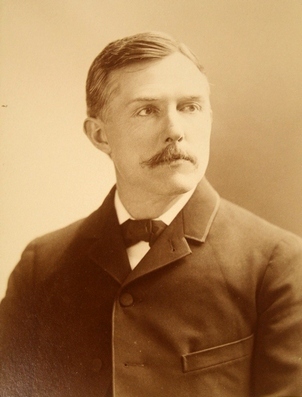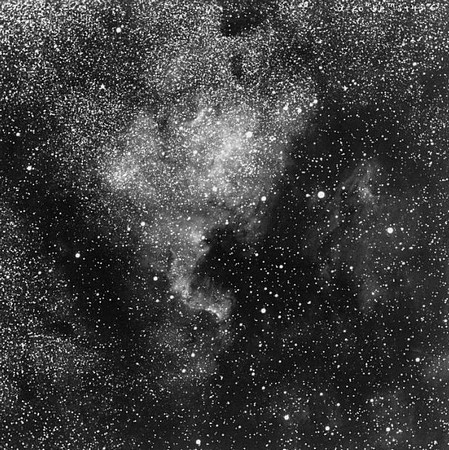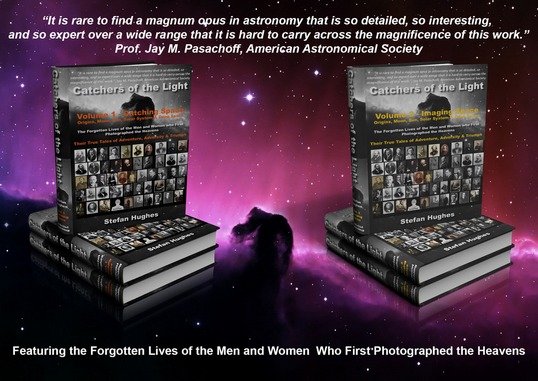'The Photographer's Assistant'

Born: 16th December 1857, Nashville, Tennessee, USA
Died: 6th February 1923, Williams Bay, Wisconsin, USA
Edward Emerson Barnard was one of the greatest observational astronomers of all time. Despite having virtually no formal education, his enthusiasm and his knowledge of the night sky enabled him to become a staff astronomer at both the Lick and Yerkes Observatories. It was from these ‘Great’ Observatories that he took some of the finest ‘wide field’ images ever captured of our universe.
Edward Emerson Barnard (1857-1923) had an inauspicious start to life. He was brought up in the ‘Deep South’ of the United States, amid the poverty, disease and death of the American Civil War. His father had died before he was born and from an early age he needed to work to support his family, thus sacrificing even the slim chance he might have had of receiving any form of uninterrupted education whatsoever. Yet despite all of this he grew up to become one of the greatest astronomers of his age and the earliest pioneer of ‘wide field’ Astrophotography.
It was not surprising that the young Barnard developed a high degree of self reliance, a great capacity for hard work and a tenacity to persevere no matter what life had to throw at him. Before he was even nine years, he had begun work as a photographer’s assistant, and for the next seventeen years he remained with the same photographic studio learning the business of photography; a trade which was to prove invaluable in later life, when he turned his attention to imaging the heavens.
As a young boy he acquired a great interest in astronomy long before he had ever owned or even used a telescope. He was often to be found after dark , lying on his back in an old wagon looking up at the stars. On summer evenings he later recalled, after dusk had fallen, a bright white star shone high above his home. It was a sight which fascinated him and for some unknown reason it always remained his special star. He never forgot this star, only years later did he learn that it was called Vega.
In 1881, Barnard discovered the first of the sixteen comets that now bear his name, a number greater than that of the legendary French ‘comet ferret’ Charles Messier, who could only manage a measly thirteen. His Comet discoveries gained him attention of the astronomical community, who would now remember his name both during his lifetime and in the decades which followed; even today day he is still revered amongst amateur and professional astronomers alike.
In his professional career which lasted forty years from his first appointment at Nashville’s Vanderbilt University Observatory in 1883, until his death in 1923 at the Yerkes Observatory, Wisconsin, E. E. Barnard never forgot his astronomical roots. For it was the thrill of comets and the wonders of the Milky Way which were to become the ‘targets’ for the magnificent images which even now over a century later are only rarely bettered.
To read more on his life and work read the eBook chapter on Edward Emerson Barnard or buy the Book 'Catchers of the Light'.

The 'North American' Nebula (NGC 7000) in Cygnus, Edward Emerson Barnard, 1905

Buy the eBook or Printed Book at the 'Catchers of the Light' shop.